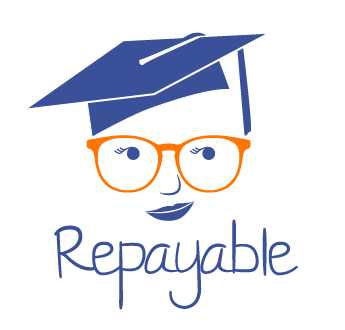
Ask Jeni: Why Is My Loan Balance Increasing?
Ask Jeni is brought to you in partnership with tuition.io, a company dedicated to helping the best companies free their employees from student loan debt.
My student loan balance keeps increasing even though I’m making monthly payments under my income-driven repayment plan. What gives?
To answer this question we need to talk about negative amortization.
Negative amortization happens when your monthly loan payment isn’t big enough to cover the amount of interest that accrued on that month so your loan balance increases.
If you have federal loans negative amortization will only occur under income-driven repayment plans or in periods of deferment.
10 and 30 year standard repayment plans calculate a monthly payment that’s high enough to cover the monthly interest so you pay down that debt over the repayment term.
If you have private loans negative amortization can occur under any reduced-payment arrangement or payment pauses you set up with the private lender.
If you have a pre-determined repayment term i.e. 5,10, 15 year term you will pay off yoru loan balance in that time frame.
Let’s look at an example:
Jack borrowed $80,000 and has an average interest rate of 6.5% He makes $40,000 per year and is repaying under the Pay as You Earn (PAYE) plan.
According to the Federal Student Aid Repayment Estimator Jack’s monthly payments will start at $183 per month and end at $606 per month. He will continue to make those payments for 20 years until he qualifies for loan forgiveness. Jack will pay $86,596 and have $97,404 of his student loans forgiven.
What’s a borrower to do?
If you have federal student loans, continue to make your monthly income-driven payments on time.
This will keep your loan in good standing and enable you to get the remaining balance of student loans forgiven.
Income-driven repayment plans and loan forgiveness are designed to protect borrowers from student loan debt situations like this that produce negative amortization. Income-driven loan forgiveness is one of the federal loan benefits that helps borrowers out in a scenario like this one.
If you have a mix of federal and private student loans you’ll want to aggressively tackle your private student loans.
Your private student loans are likely the highest interest loans you have and aren’t eligible for any loan forgiveness. You’ll want to eliminate them as quickly as you can afford. Be sure to continue making your monthly federal student loan payments under an income-driven repayment plan.

Recent Comments